News
Exploring the beauty of rare blue flowers
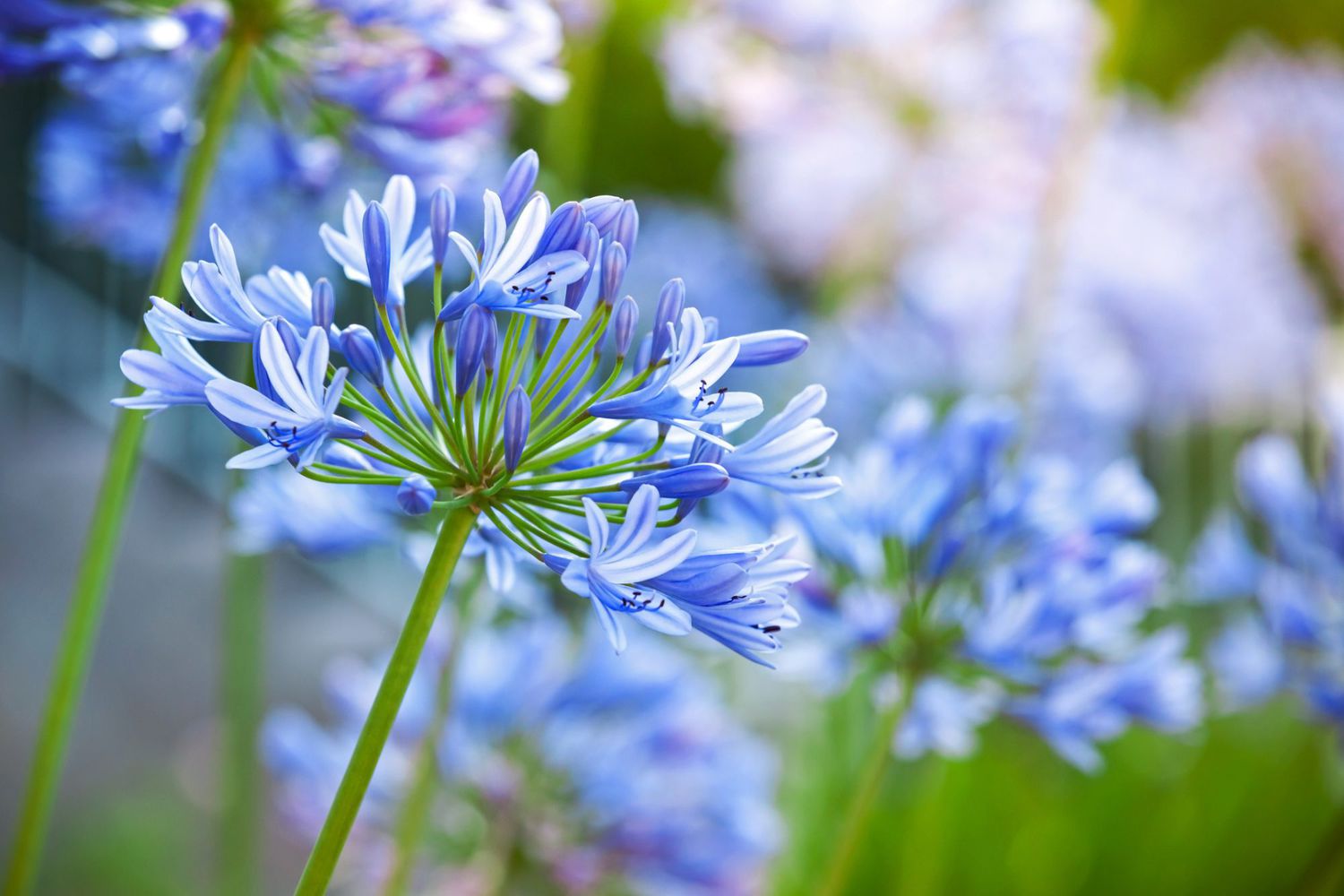
The enchanting allure of blue flowers is undeniable in the world of horticulture. Blue, a color often associated with serenity and mystery, is surprisingly uncommon among the vast spectrum of flower hues. This rarity makes blue flowers especially sought after by garden enthusiasts and floral aficionados alike.
In this article, we delve into the fascinating realm of rare blue flowers, exploring species that not only capture the imagination with their stunning hues but also their unique characteristics and habitats.
Introduction to rare blue flowers
Blue flowers hold a special place in gardens and wild landscapes as they offer a cooling effect visually and evoke a sense of calm and tranquility. The rarity of true blue flowers in nature makes them even more prized and intriguing.
This article highlights some of the most beautiful and rare blue flowers, shedding light on their botanical characteristics and the best ways to appreciate and cultivate them. Also, here are some similar articles that you might find useful:
- Discovering the top 10 rare flowers in the world
- Discover the perfect Taurus zodiac flower: Lilies and more
Himalayan Blue Poppy
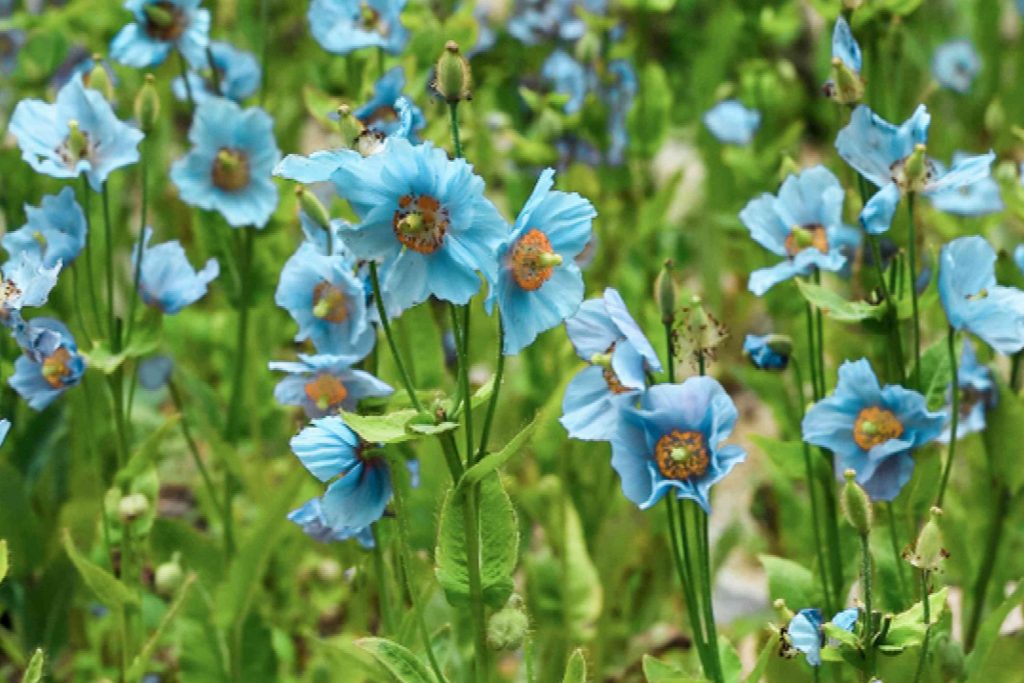
One of the most striking examples of rare blue flowers is the Himalayan Blue Poppy (Meconopsis betonicifolia). Native to the shady mountain regions of Tibet and Western China, this poppy stands out with its vivid, sky-blue petals.
The Himalayan Blue Poppy thrives in cool, moist conditions, making it a challenging yet rewarding flower for gardeners in similar climates.
Blue orchids
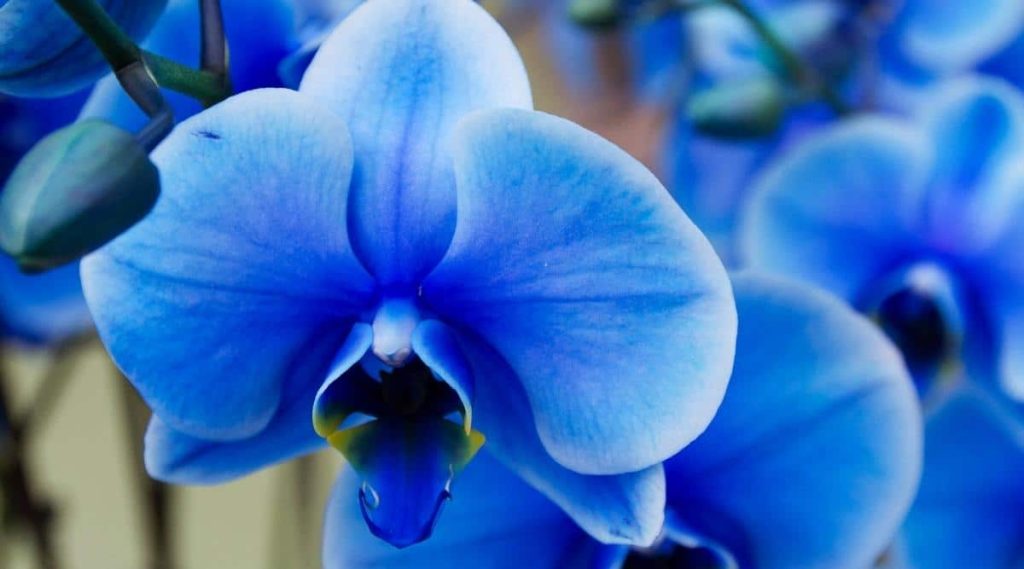
While orchids are known for their exotic beauty and incredible variety, blue orchids are particularly rare. The Blue Mystique Orchid is one such variety, often sought after for its stunning and unusual color.
These orchids are not truly blue by nature but are treated with a special dye process that turns their flowers blue. True blue orchids, such as the naturally occurring Vanda coerulea, display a magnificent shade of blue that is entirely natural.
Texas Bluebonnet
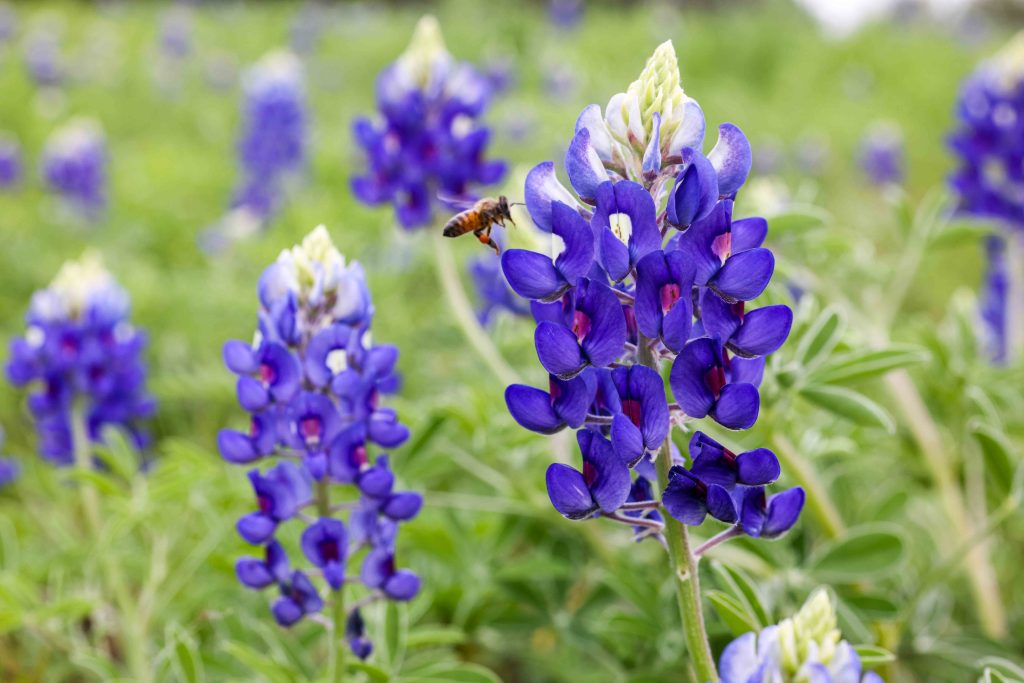
The Texas Bluebonnet (Lupinus texensis) is an iconic wildflower native to Texas, USA. Its vibrant blue flowers make it a favorite among wildflower enthusiasts, especially during its peak blooming season in spring.
The Texas Bluebonnet is not only known for its beauty but also for its resilience and its role as a symbol of the state.
Desert Bluebells
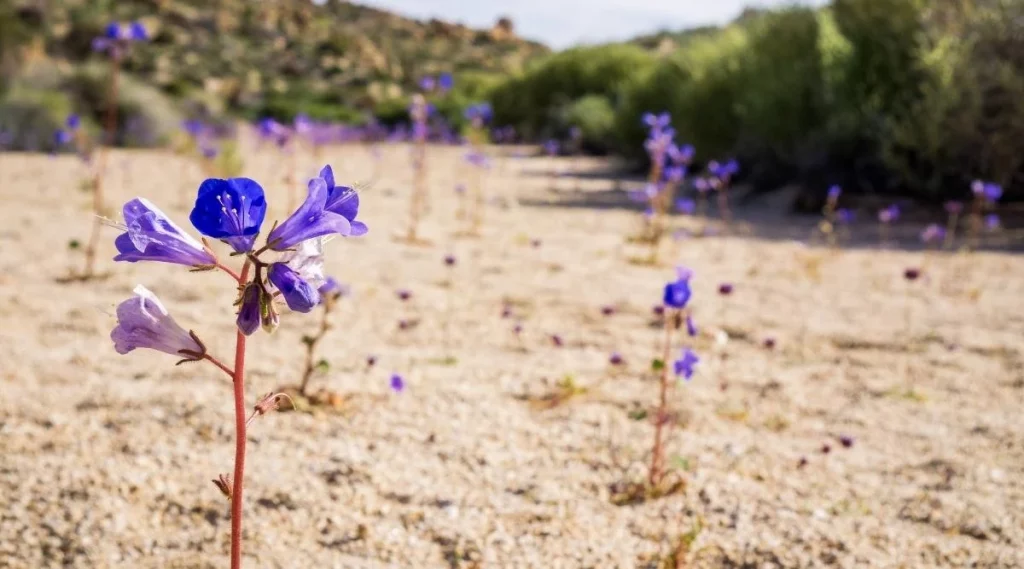
Desert Bluebells (Phacelia campanularia), also known as California Bluebell, are annuals that boast vivid blue, bell-shaped flowers.
Native to the desert regions of California, these flowers thrive in dry, open spaces and are often planted as ornamentals in drought-tolerant landscapes.
Gentians
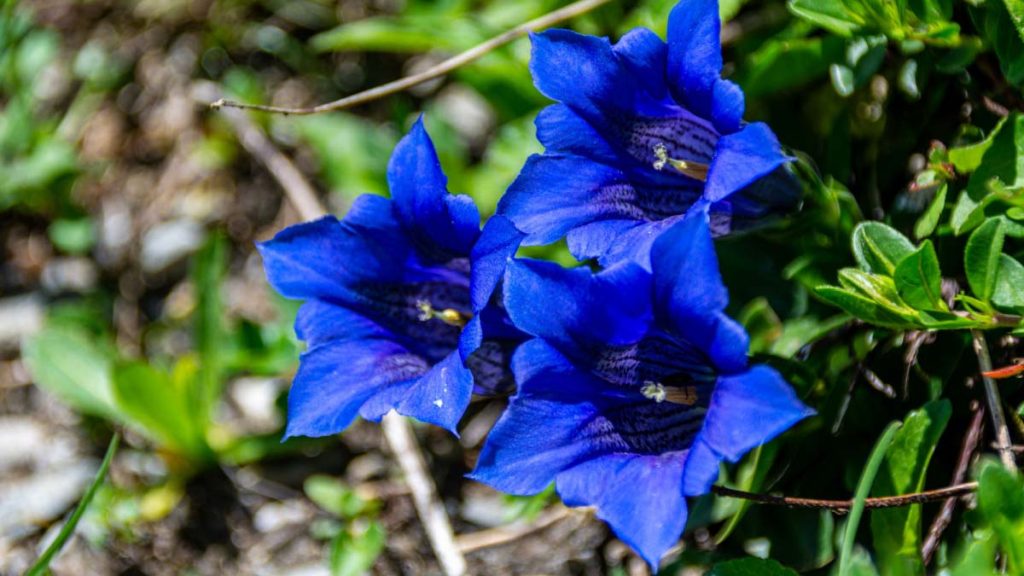
The Gentian family features several blue species, known for their intense, deep blue flowers. The Alpine Gentian (Gentiana alpina) and the Trumpet Gentian (Gentiana acaulis) are particularly notable.
These flowers prefer alpine habitats and are revered for their striking blue coloration and medicinal properties.
Forget-Me-Nots
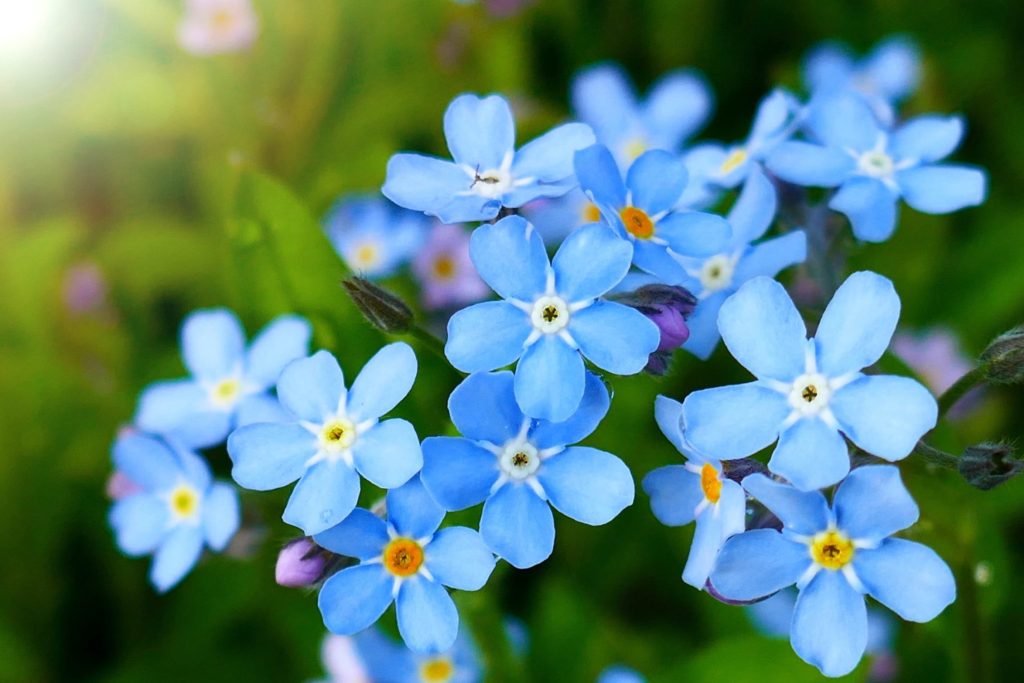
Forget-Me-Nots (Myosotis sylvatica) are delicate perennials with tiny, sky-blue flowers. They are cherished in gardens and wild settings for their gentle appearance and the romantic symbolism associated with them.
Forget-Me-Nots thrive in moist, shaded areas, making them excellent for woodland gardens.
Blue Dragon flower
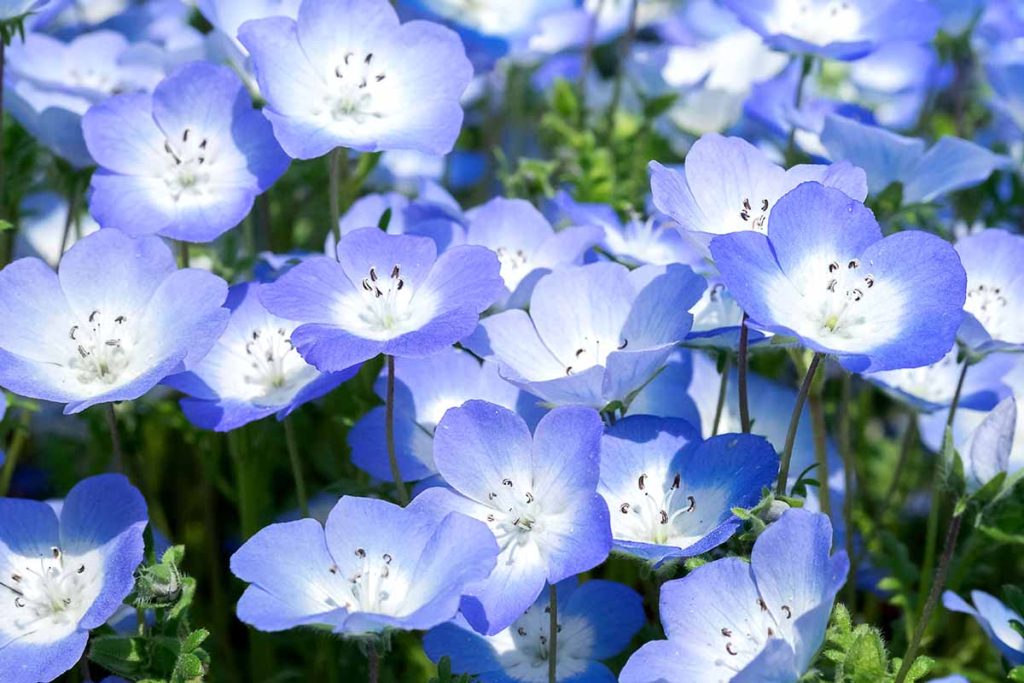
The Blue Dragon Flower (Nemophila menziesii), also known as Baby Blue Eyes, is a charming addition to the list of rare blue flowers. Native to California, it flourishes in the lower elevations of the state, particularly thriving in open woodlands and grassy areas. These annuals showcase vibrant, sky-blue petals with delicate white centers.
The Blue Dragon Flower is highly regarded for its ethereal appearance and ease of cultivation in cooler climates, making it a popular choice for spring gardens.
Conclusion: The lure of rare blue flowers
Rare blue flowers are treasures of the botanical world, offering a glimpse into the diversity and beauty of flora. Their rarity and stunning shades of blue enrich gardens and wild landscapes, providing a visual feast for gardeners and nature lovers alike.
Whether cultivated in gardens or admired in their natural habitats, these rare blue flowers remind us of the wonders of the natural world and the importance of preserving these unique species for future generations to enjoy.
By understanding their specific growing conditions and conservation needs, we can ensure that these beautiful blooms continue to thrive and inspire.
